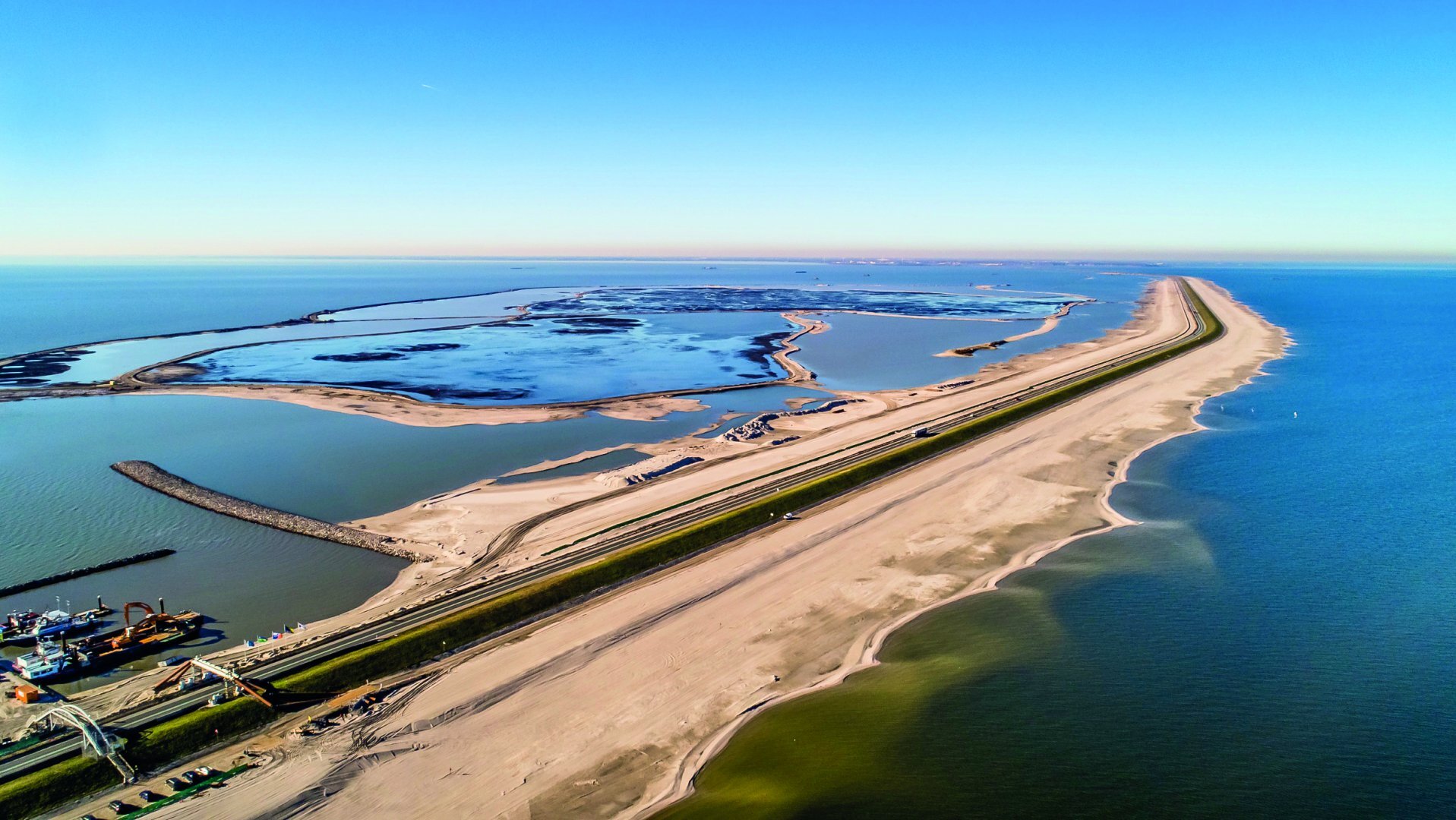Knowledge center
Using ADCPs to unravel the dynamics between sea ice, ocean and climate
Collecting useful and reliable data on sea ice in the Arctic is essential to understand the factors affecting the global climate. How can researchers…
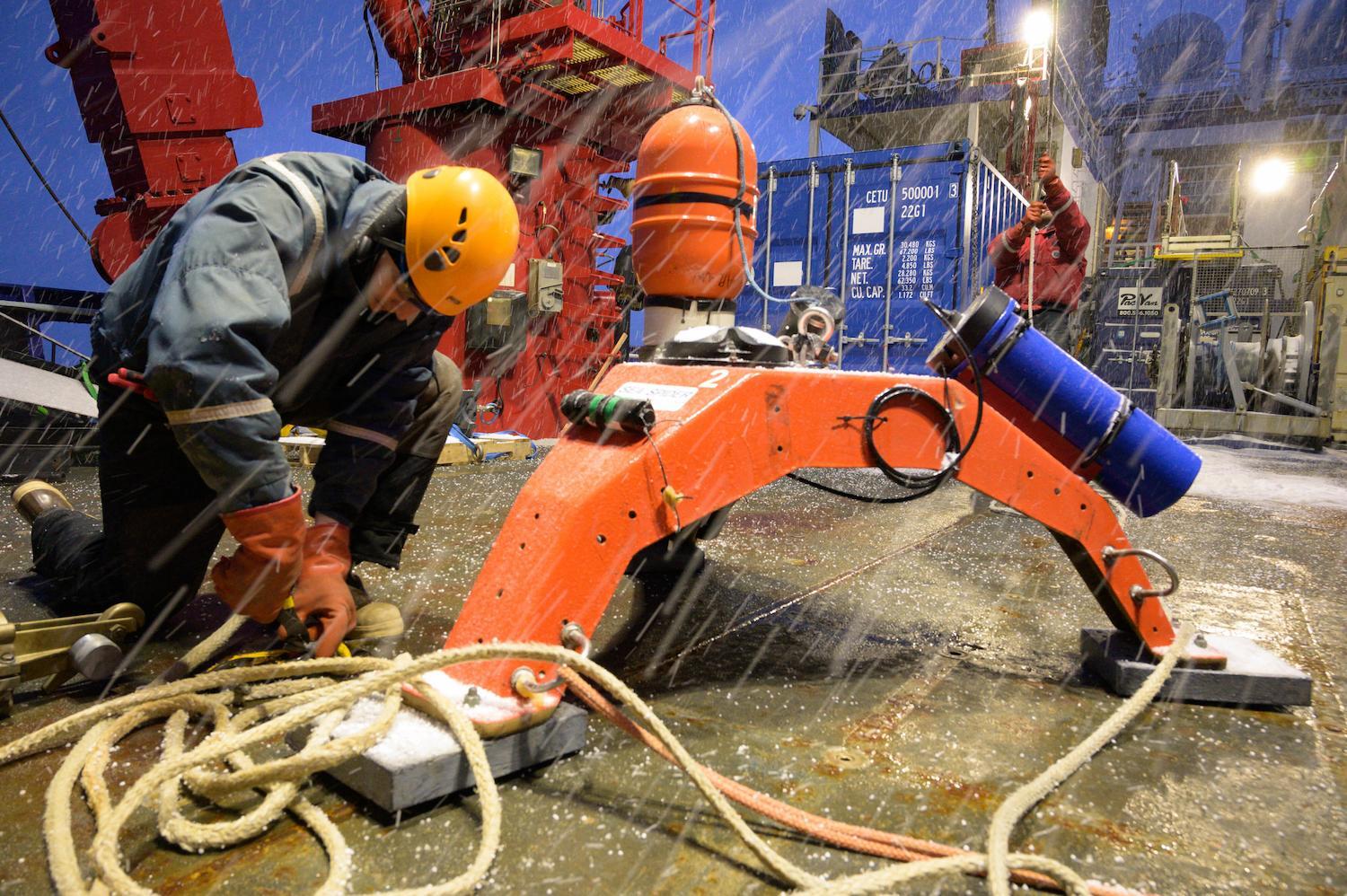
Using ADCPs for world-class wave and ice research in the Arctic
Major changes are occurring in the ocean. Climate change and subsequent melting sea ice are not necessarily good changes. Why are acoustic Doppler…
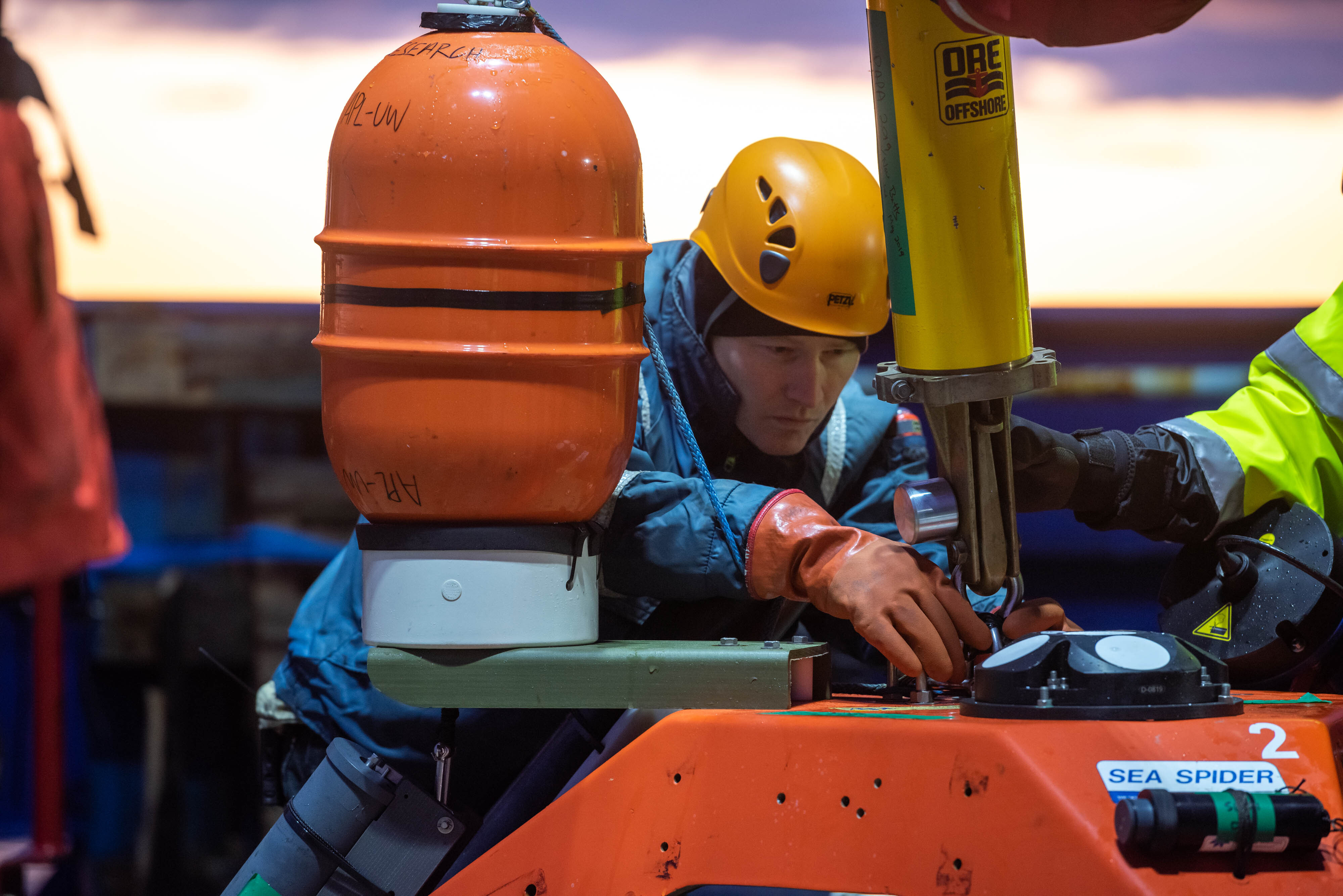
Uncovering marine biophysical interactions with current meters
Zooplankton, a diverse group of mostly microscopic animals, are famed for their daily mass migrations to the sea surface from deeper waters. By using…
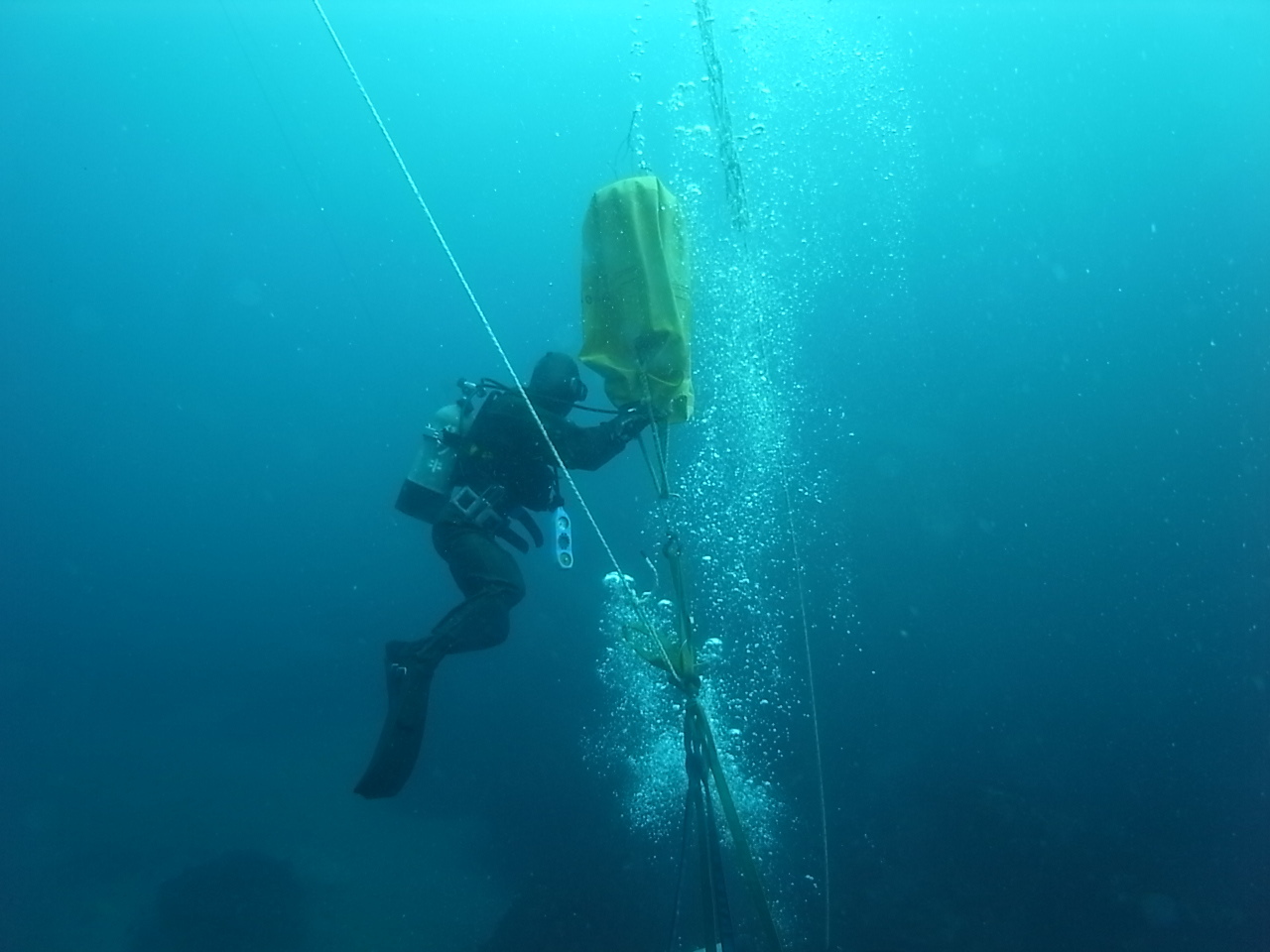
Identifying shallow-ocean currents in an unusual manta ray habitat with the Eco ADCP
Understanding why marine animals are using some places and not others is crucial to minimizing our impact on them. Recently, the new Eco ADCP has…
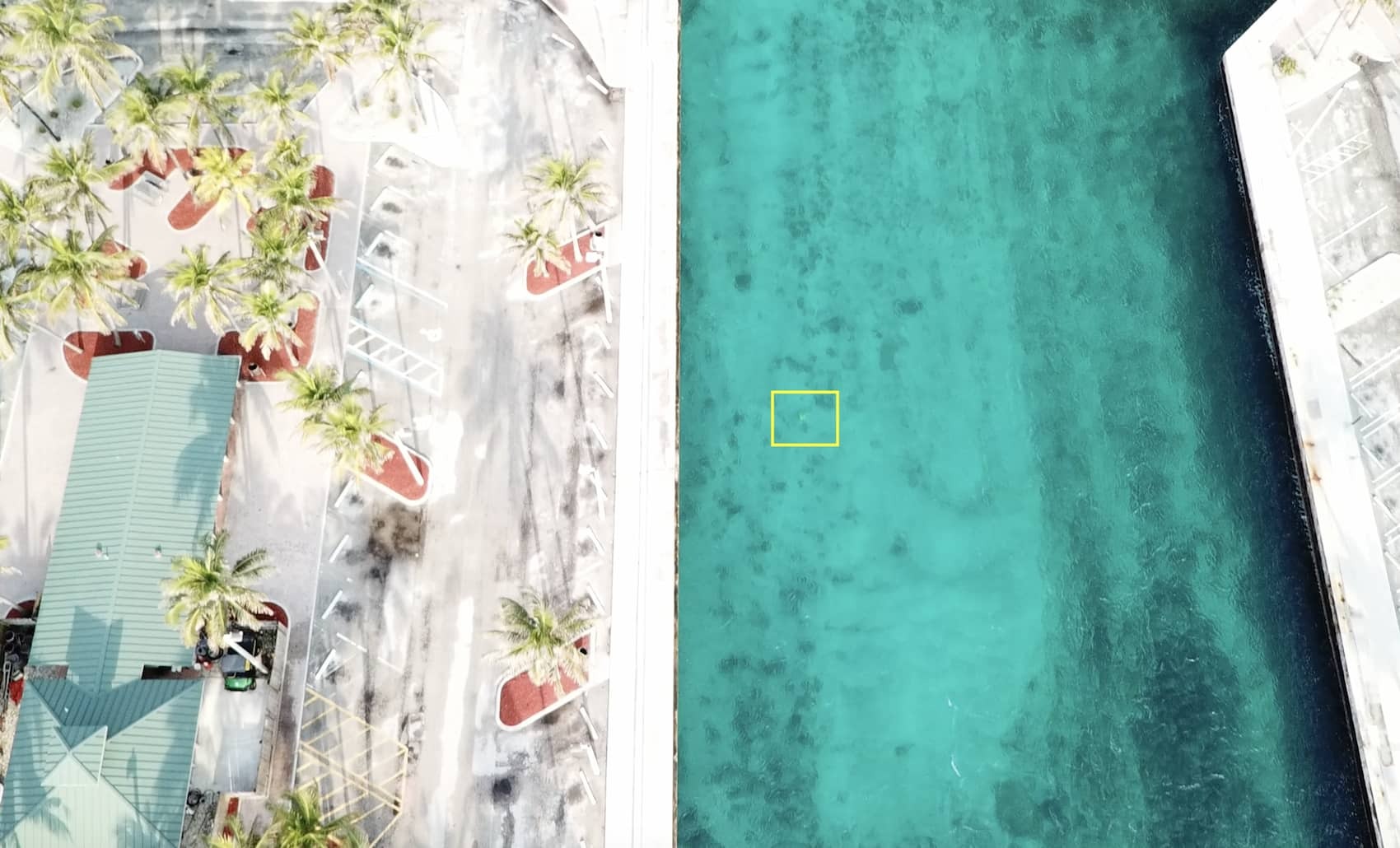
Understanding flow velocities to keep navigation channels open in sediment-rich Dutch waters
A high rate of sediment deposition makes maintaining narrow navigational channels through the shallow tidal flats of the Wadden Sea in the…
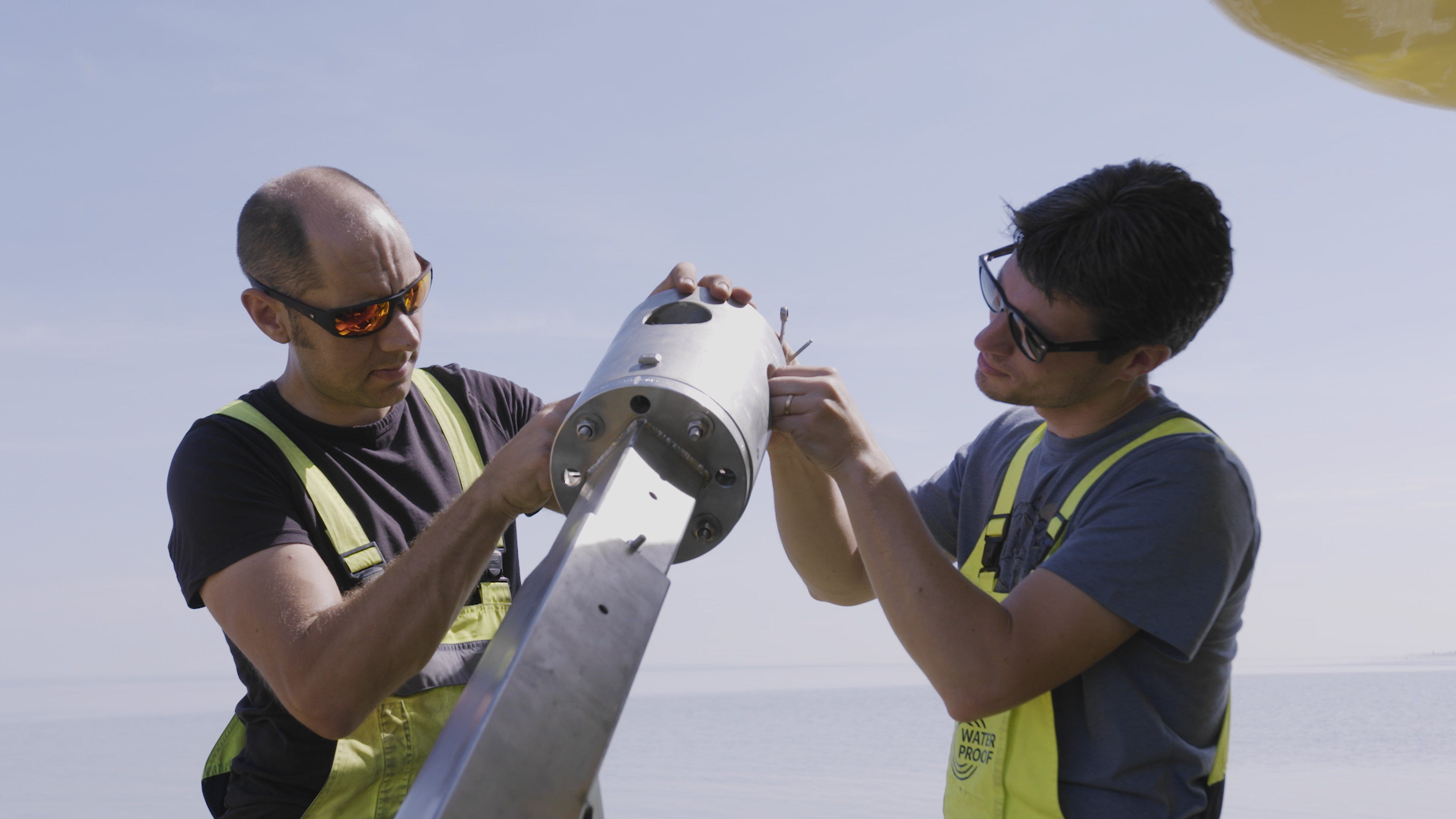
Revealing complex tidal flows in the Santos Estuary with a vessel-mounted ADCP
A demonstration using a vessel-mounted Signature 500 ADCP in Brazil illustrates the level of knowledge that users can achieve through a simple…
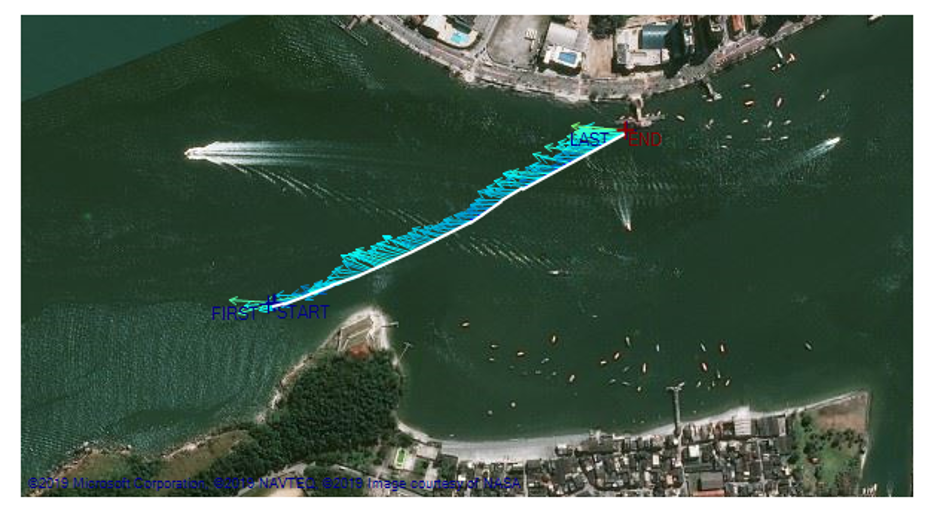
Current profiling at a marine biodiversity hotspot in the Indian Ocean
Researchers from the University of Plymouth are revealing some of the secrets of one of the most environmentally significant areas of the Indian…

Current and wave monitoring supports a natural solution for Dutch flood defense
Nortek has been working closely with the Dutch government and research institutions to monitor how waves and currents would affect the pioneering use…
